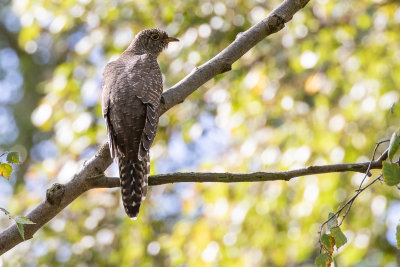
Common Cuckoo (Cuculus canorus) |
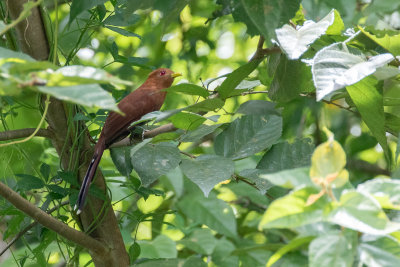
Little Cuckoo (Coccycua minuta gracilis) |

Squirrel Cuckoo (Piaya cayana) |

Coppery-tailed Coucal (Centropus cupreicaudus) |
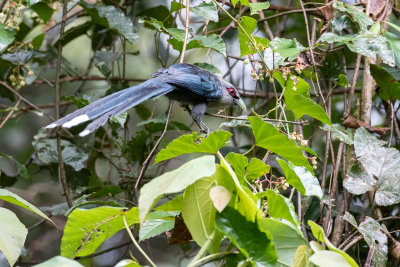
Green-billed Malkoha (Phaenicophaeus tristis) |

Sumatran Ground Cuckoo (Carpococcyx viridis) |
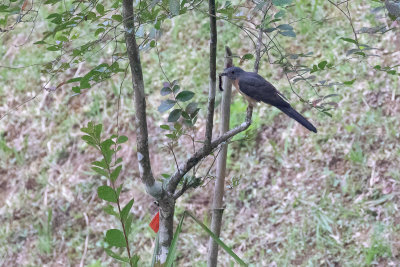
Sunda Brush Cuckoo (Cacomantis sepulcralis) |
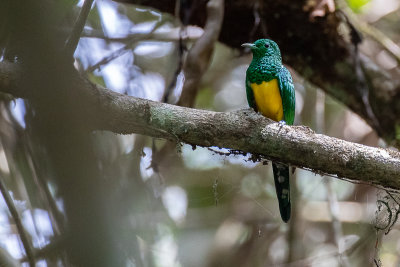
African Emerald Cuckoo (Chrysococcyx cupreus) |
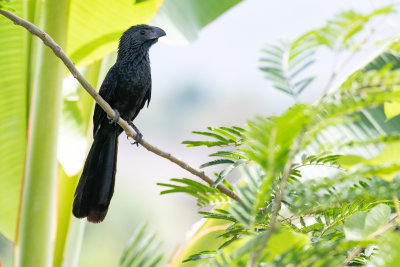
Groove-billed Ani (Crotophaga sulcirostris) |

Lesser Coucal (Centropus bengalensis) |
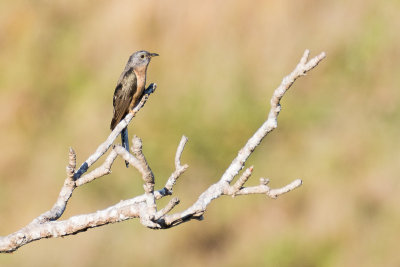
Sunda Brush Cuckoo (Cacomantis sepulcralis) |
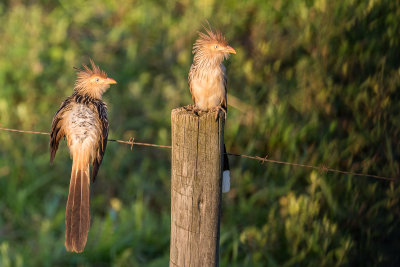
Guira Cuckoo (Guira guira) |

Fan-tailed Cuckoo (Cacomantis flabelliformis) |
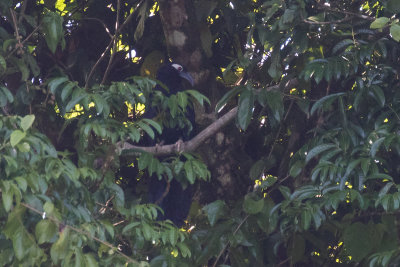
Violaceous Coucal (Centropus violaceus) |
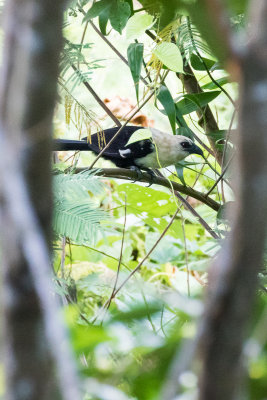
White-necked Coucal (Centropus ateralbus) |
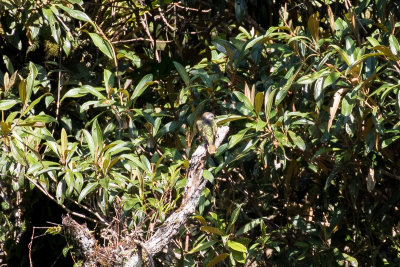
Shining Bronze Cuckoo (Chrysococcyx lucidus) |
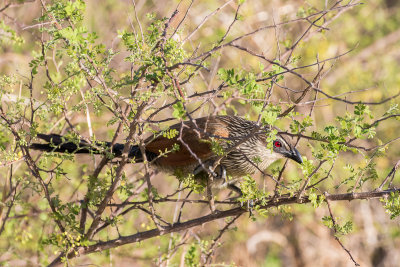
White-browed Coucal (Centropus superciliosus) |

Green Malkoha (Ceuthmochares australis) |

Sirkeer Malkoha (Taccocua leschenaultii) |
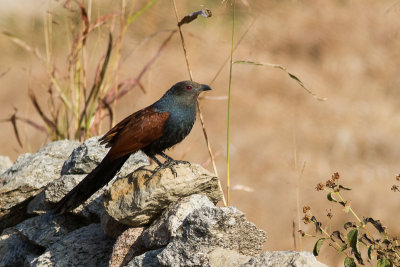
"Southern Coucal" (Centropus sinensis parroti) |
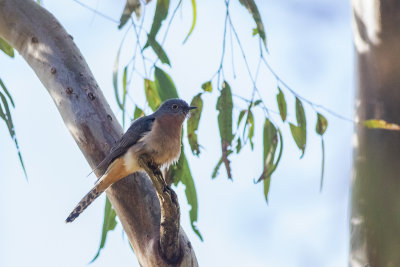
Fan-tailed Cuckoo (Cacomantis flabelliformis) |
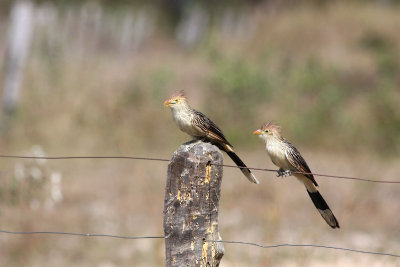
Guira Cuckoo (Guira guira) |

Greater Ani (Crotophaga major) |
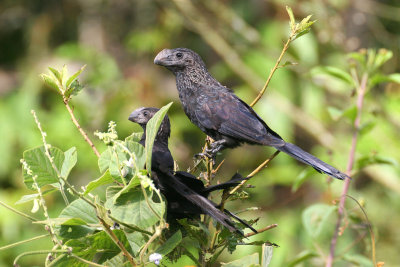
Smooth-billed Ani (Crotophaga ani) |
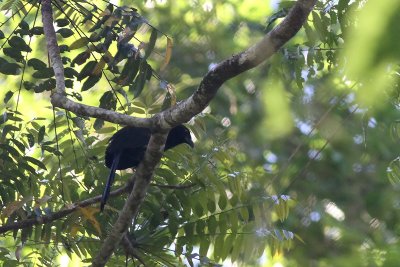
Black-hooded Coucal (Centropus steerii) |
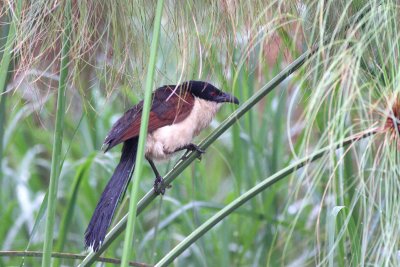
Blue-headed Coucal (Centropus monachus) |

Pheasant Coucal (Centropus phasianinus) |
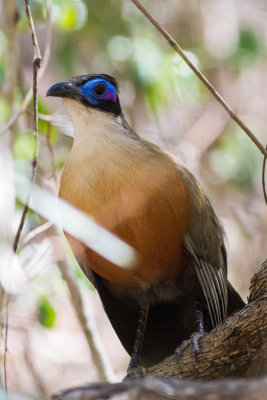
Giant Coua (Coua gigas) |
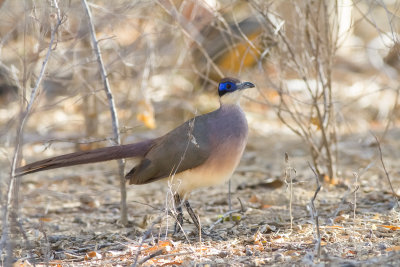
Green-capped Coua (Coua olivaceiceps) |

Green-capped Coua (Coua olivaceiceps) |
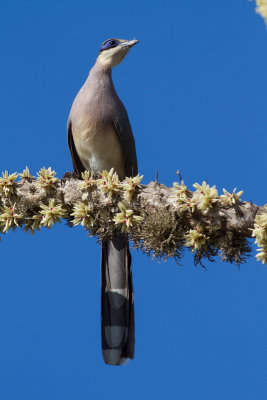
Green-capped Coua (Coua olivaceiceps) |

Verreaux's Coua (Coua verreauxi) |

Running Coua (Coua cursor) |

Coquerel's Coua (Coua coquereli) |
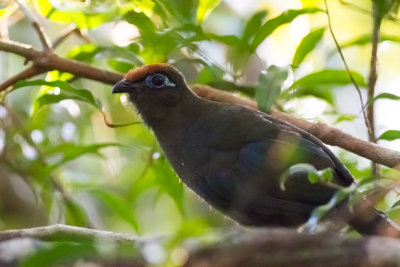
Red-fronted Coua (Coua reynaudii) |











